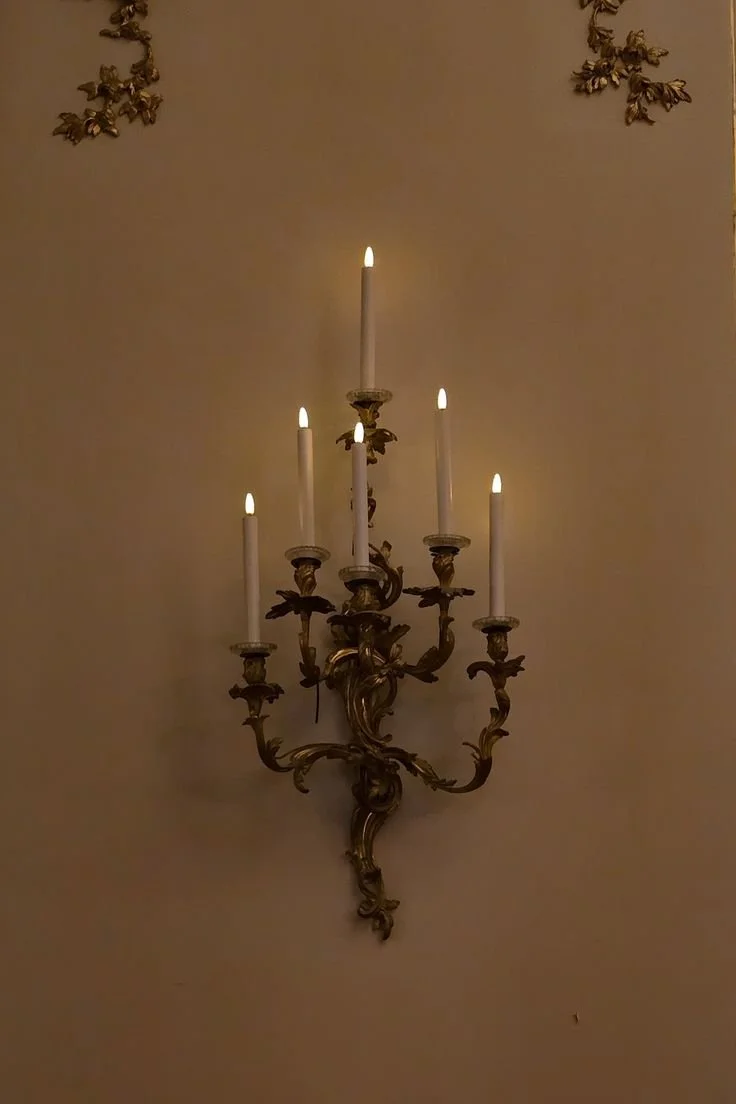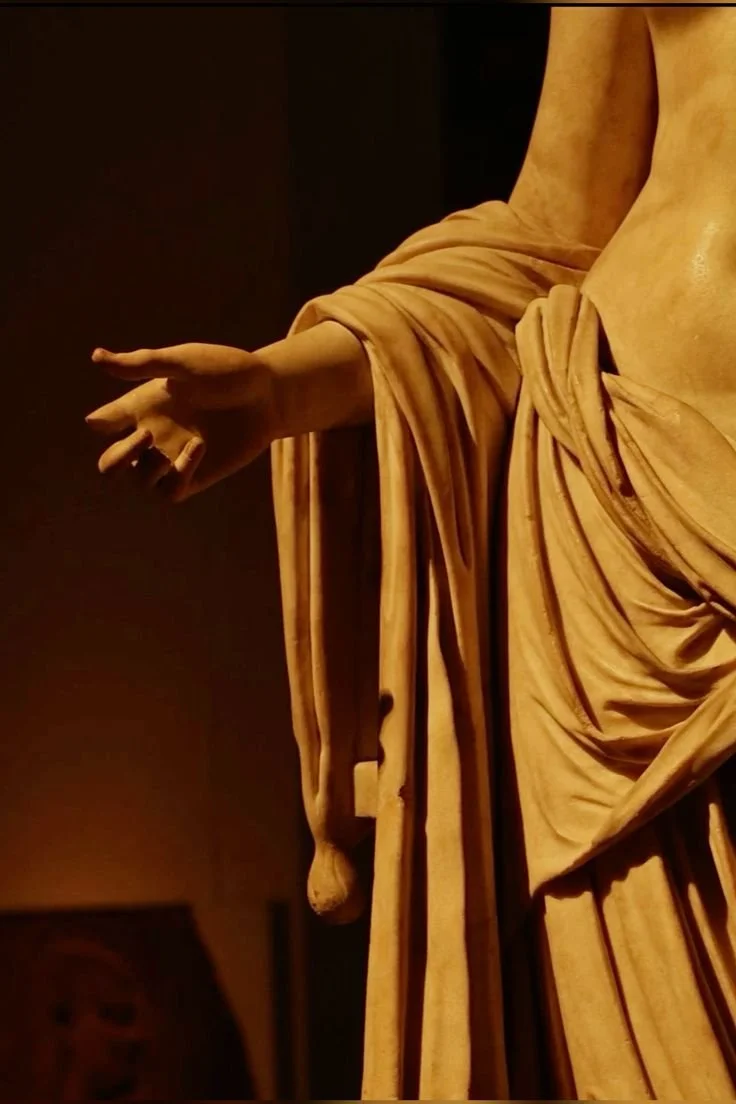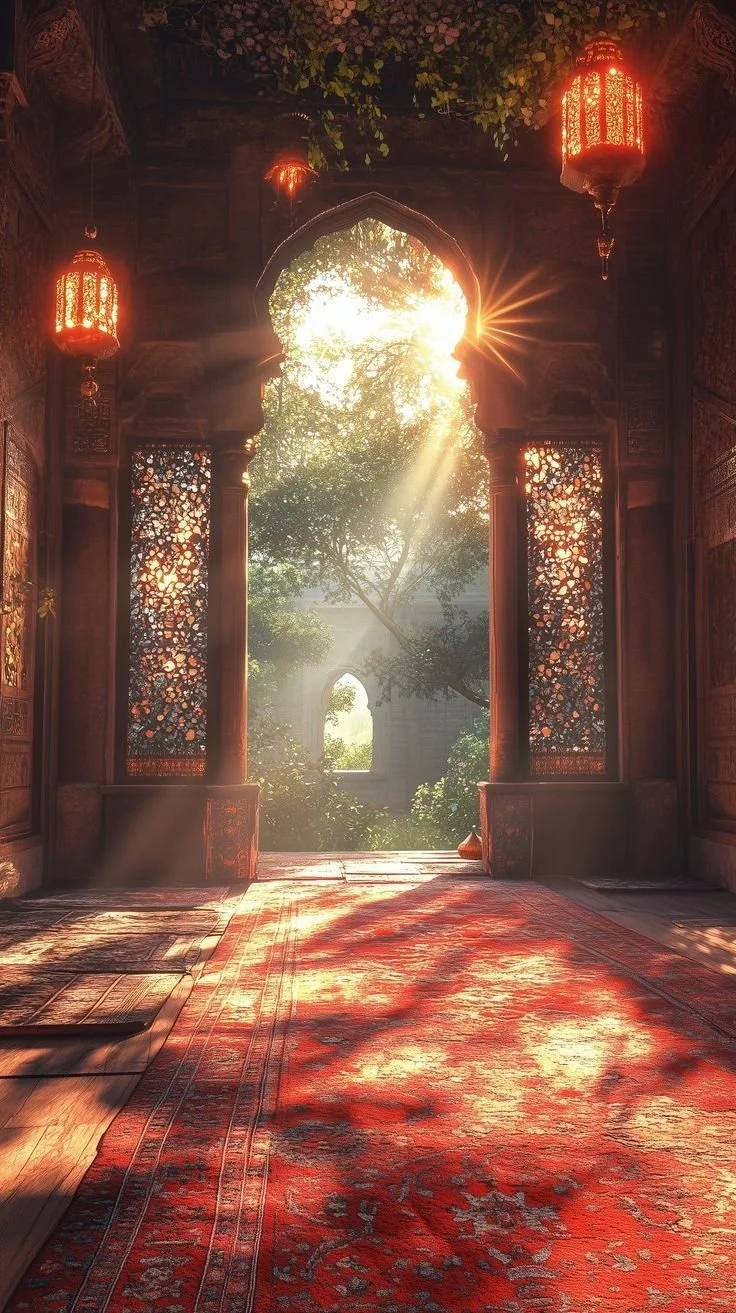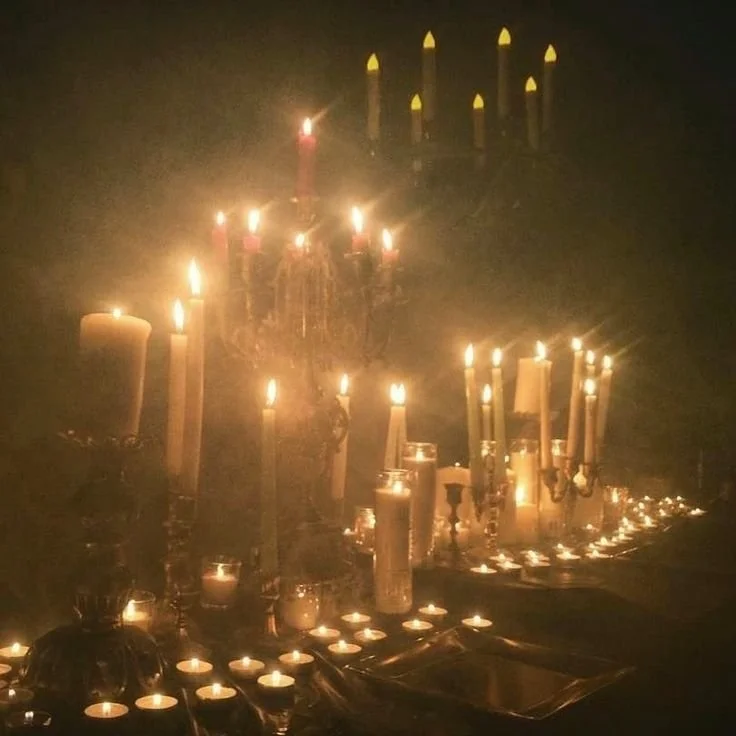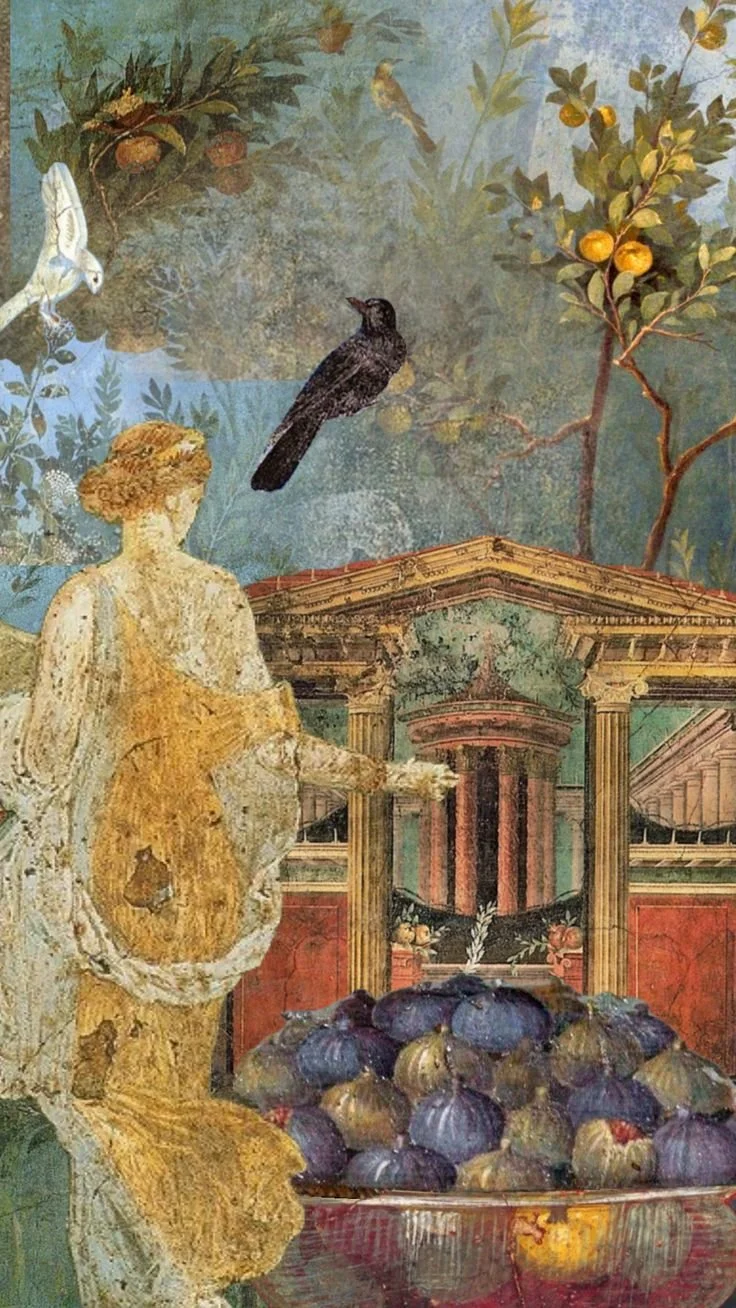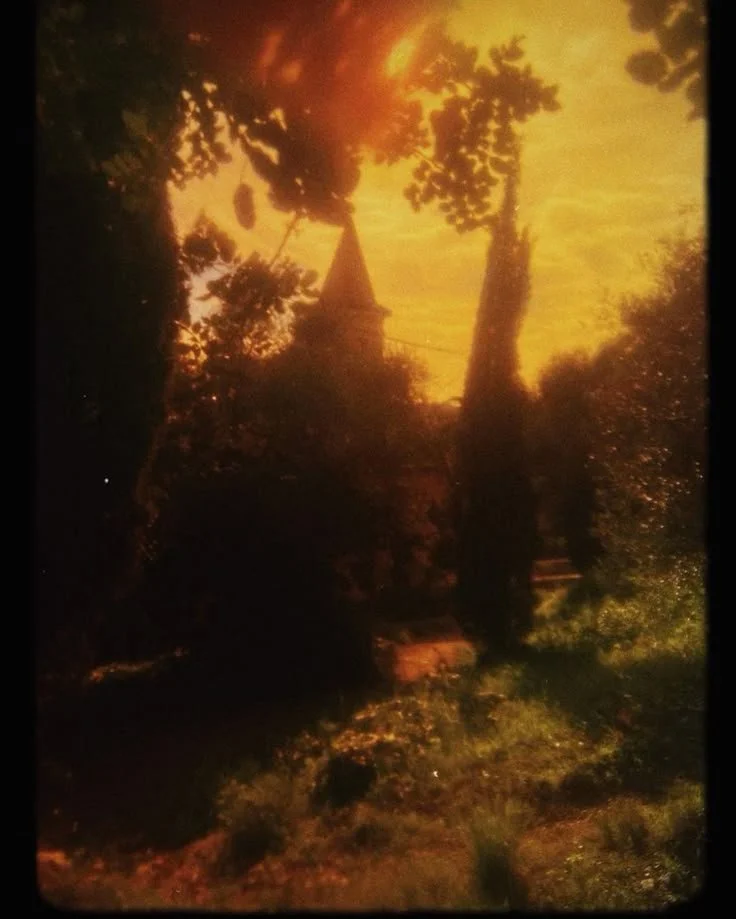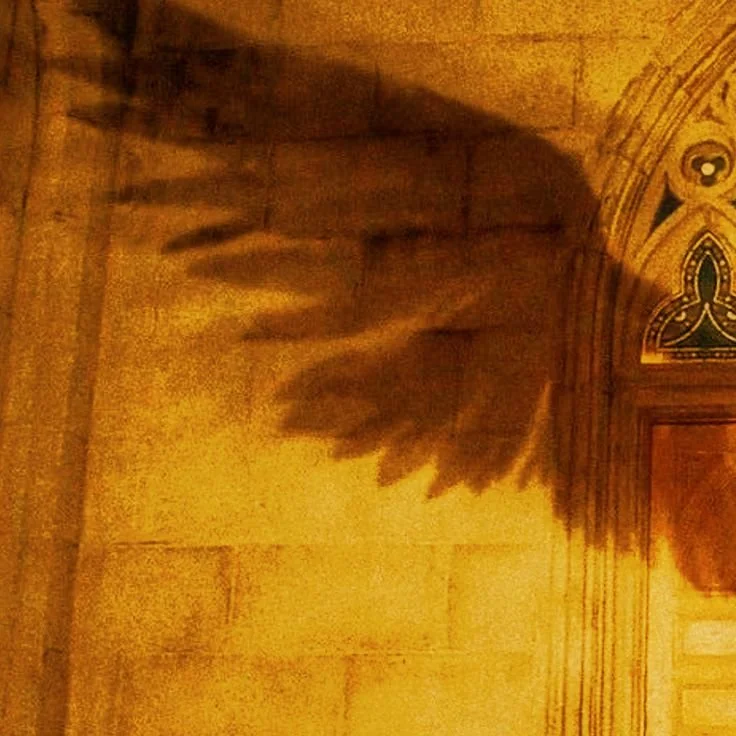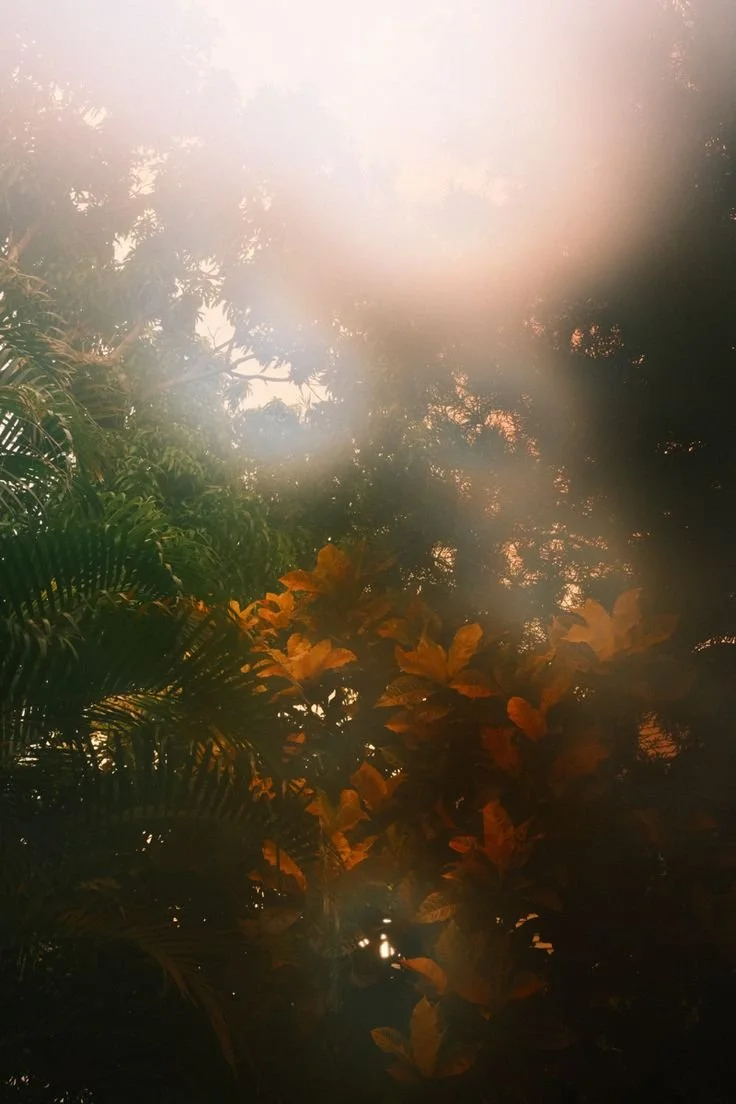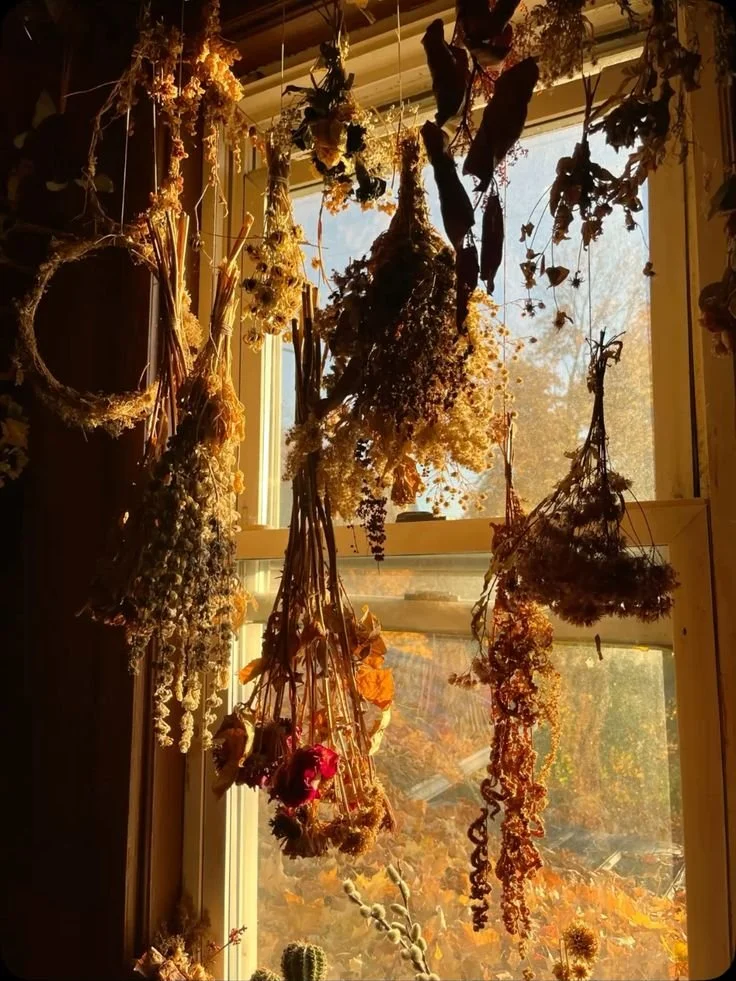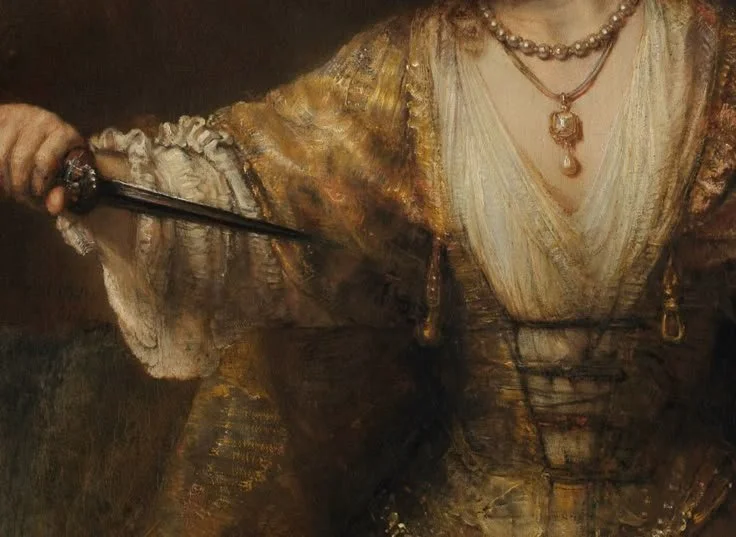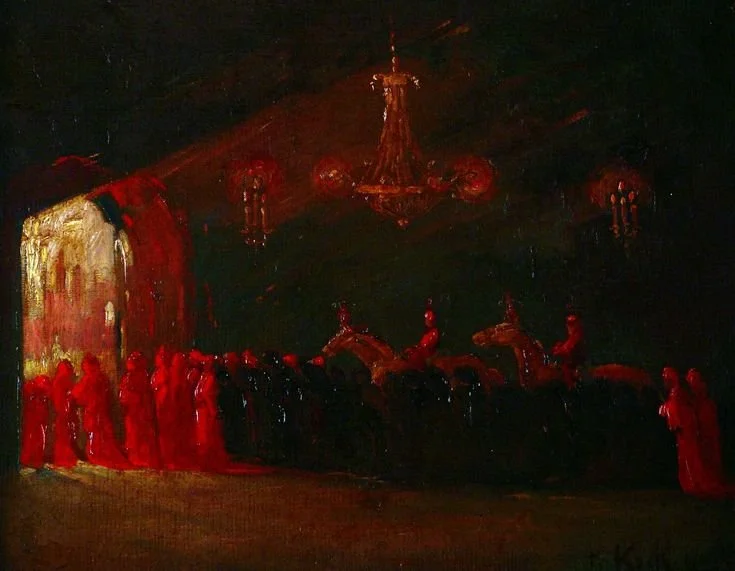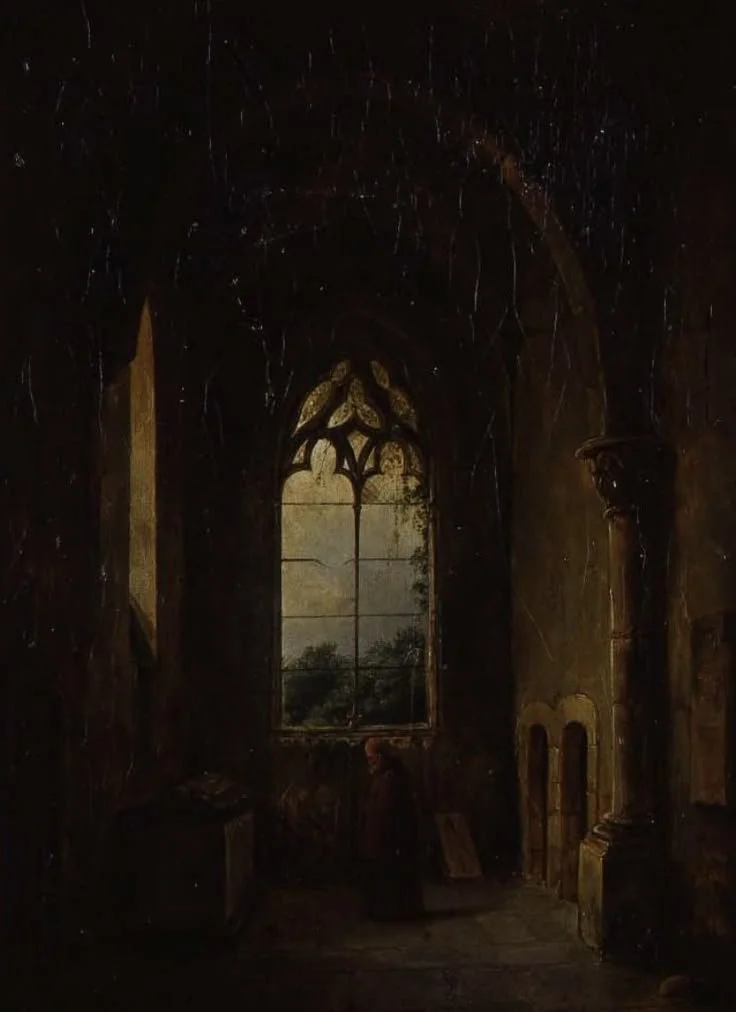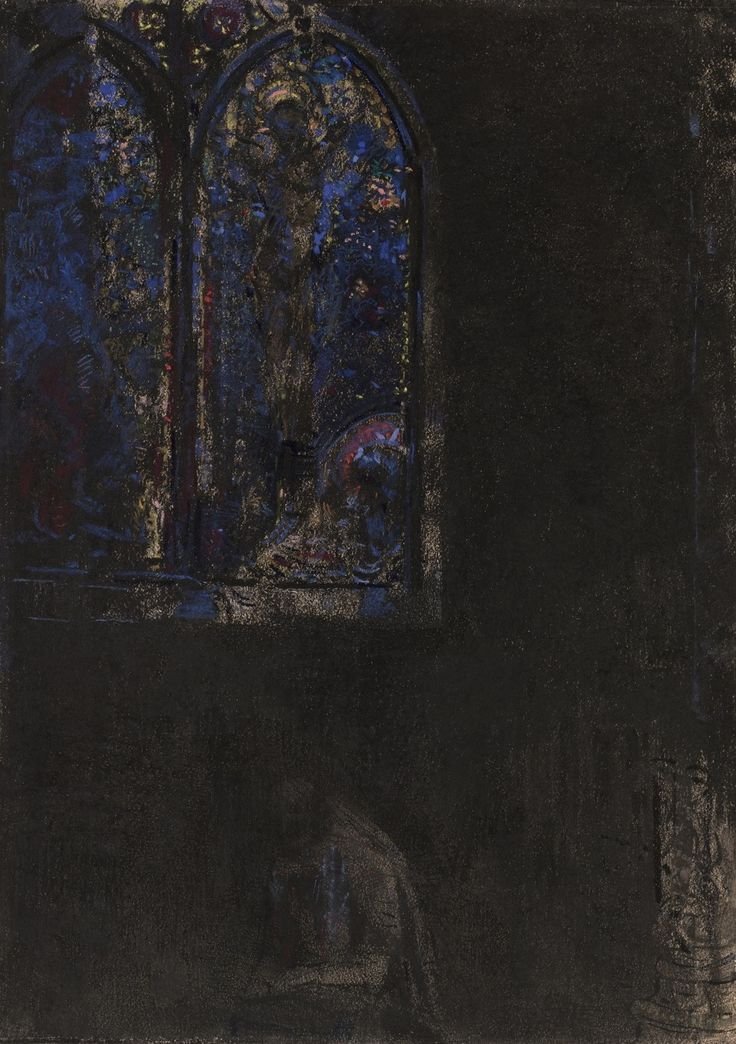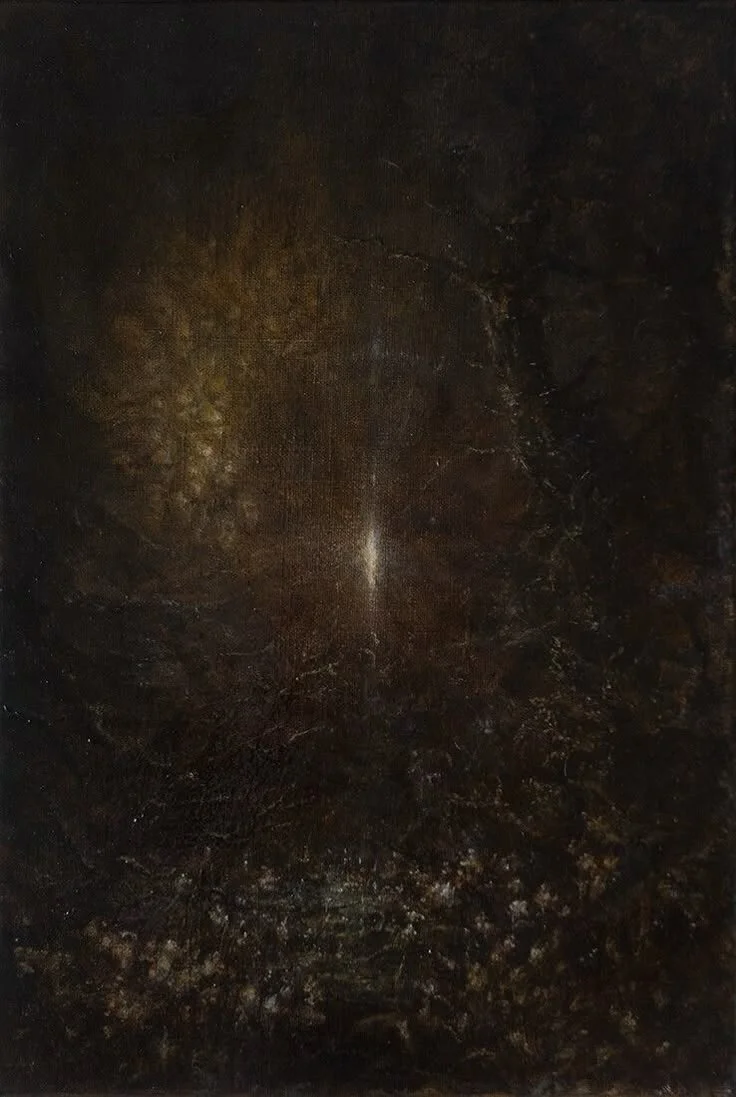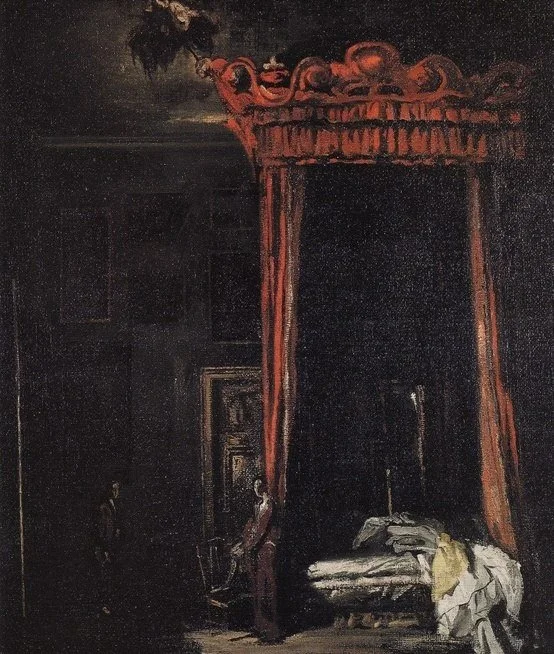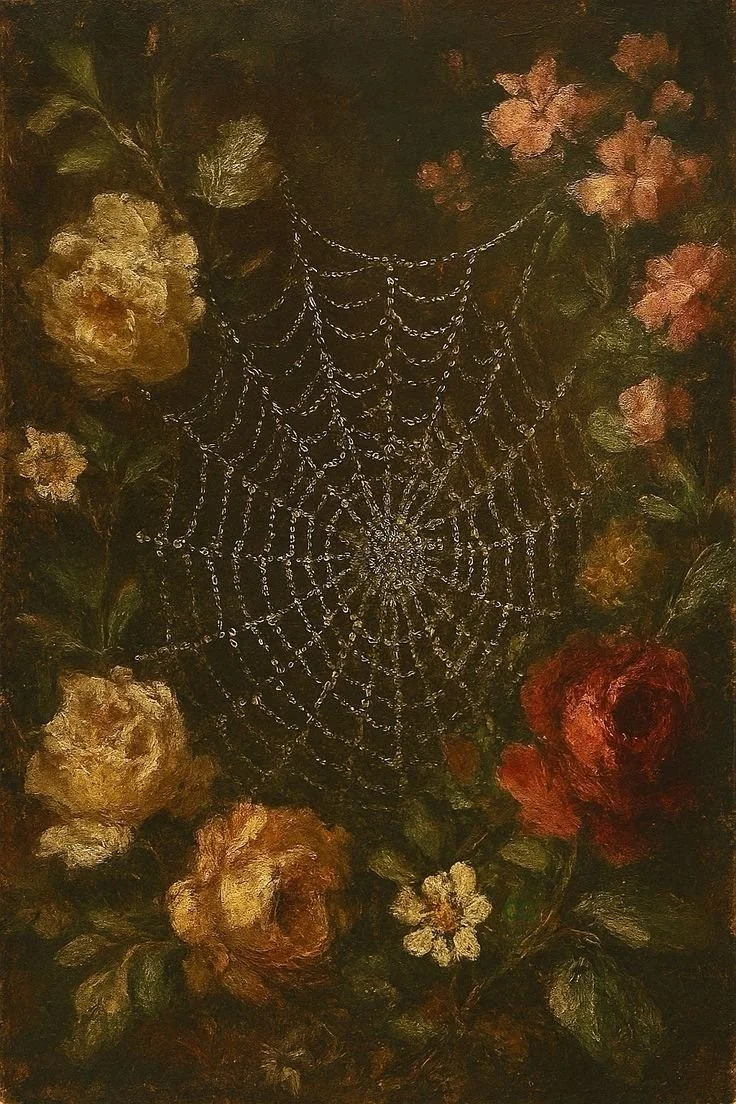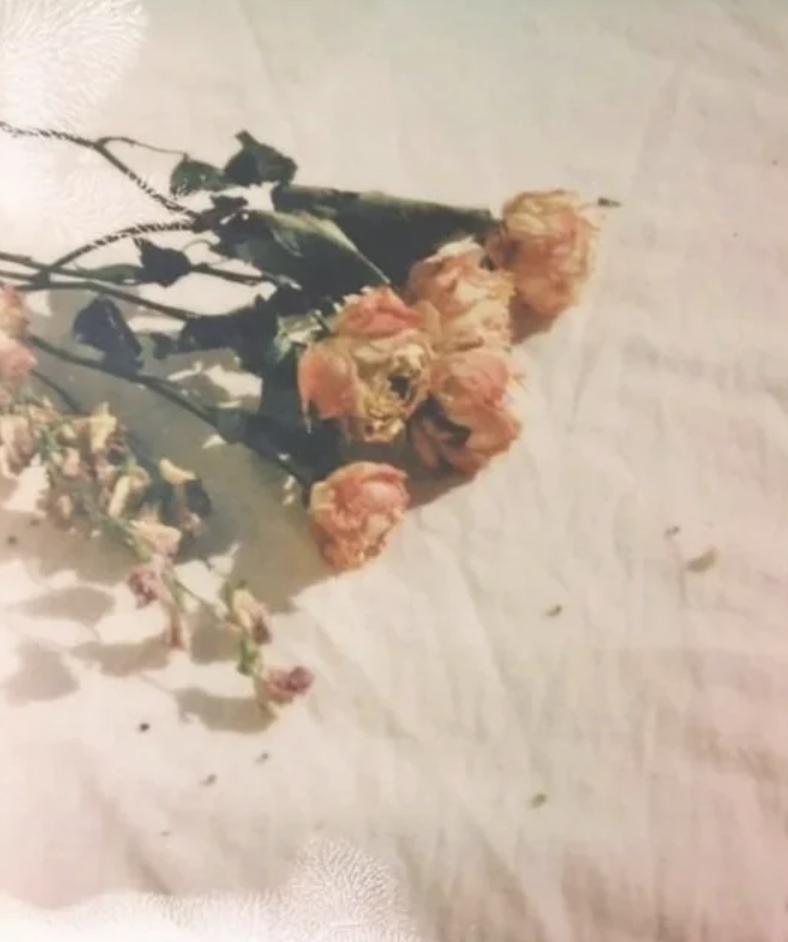BY PATRICIA GRISAFI
Once, a deranged woman pushed me on the subway platform at Grand Central as a train was approaching. She wasn’t trying to throw me onto the tracks, but we were close to the edge. As a stream of obscenities trickled out of her mouth, I thrashed around, shouting for someone to help. No one did, and she ran up the stairs and disappeared into at the crowd. Feeling shaken, I went in search of a police officer so I could report the incident. While I sat on a gum-smattered bench in the subway entrance area, the police chided me for standing "too close to the yellow line." They stood around with their handsome K-9, talking to each other. I learned a lot about their girlfriends, who were apparently both "high maintenance," and their gym routines, which were "badass." After what seemed like forever, they told me that I shouldn’t expect anything to happen, and that I’d receive a follow-up call the next day. Frustrated and twitchy, I descended back down to the subway and waited for the train.
As soon as I got home, I switched on the TV. Silent Hill was on SyFy for the thousandth time. I poured a glass of wine and sunk into the couch, waiting for Pyramid Head to make his triumphantly debased debut. Like an old friend, he showed up dragging his gigantic hatchet behind him, and I felt peaceful.
Horror is my thing. I’ve seen nearly every horror film made, both cinematically significant and terribly tawdry. Demonic possessions are my favorite, although I also enjoy a good haunted house. I tend to frown at werewolves. I can be snooty about vampires. I don’t discriminate against genetic mutants hiding in a shack, cannibals deep in the West Virginia mountains, or a psychopath who chops off his mother’s head and has sex with the neck cavity. I’ll devour the ultra-violent or the subtly psychological. Occasionally, I even watch reality ghost shows, truly awful television featuring narcissistic weight lifters screaming into empty insane asylum hallways for a sign.
When I was diagnosed with Generalized Anxiety Disorder a few years ago, it was no big shocker. I had been having heart palpitations, sleep problems, and daily feelings of dread since I hit puberty. But it took a nervous breakdown and extreme insomnia for someone to actually make a diagnosis. After an hour of discussing my anxiety levels, the psychiatrist raised her eyebrow at me. "This is one of the worst cases I’ve ever seen," she said, and I wondered if she was trying to validate or condemn me. As I shuffled around on the street after our appointment, chewing my cuticles to bloody shreds, I felt more anxious than ever. Nothing short of a weighted blanket and The Exorcist would soothe my fractured nerves.
Is it possible to find solace in stories of angry spirits emanating from Indian burial grounds? Is it possible that images of deformed creatures crawling out of the basement could be stabilizing? After all, horror is often considered a profoundly conservative genre, one where order is usually restored. But that doesn't necessarily describe the draw of horror for a person with an anxiety disorder.
Aristotle suggested that catharsis, a purgation of negative emotions, occurs when we watch tragic theater. Film and philosophy scholar Noel Carroll has noted that our fascination with the unnatural or unimaginable fuels the desire to watch horror movies. Other scholars have posed provocative questions: Do we enjoy identifying with the victorious protagonist? Do we enjoy the punishment of the transgressor? Psychologists have suggested that people enjoy watching scary movies and getting a rush while being safe at home or in the theater--fear at a distance. Psychology professor Marvin Zuckerman has argued that individuals who watch horror movies were sensation-seeking and also more likely to participate in activities such as bungee jumping.
Some of these explanations may resonate with horror film fans or those seeking to understand the draw of horror. But I don’t always identify with the protagonist, and usually don’t get a rush. I’m definitely not a thrill seeker. Amusement parks and roller coasters are not for me; I am happy to hold purses and coats and chew on a Churro while my friends go on rides with violent names. Once, I reluctantly agreed to go skydiving for a friend’s thirtieth birthday. I jumped out of the plane and nearly killed both my instructor and myself when I refused to untuck from the tiny ball I rolled into and spread my arms to the side like a proper sky diver should. However, despite my resistance to traditional thrill-seeking activities, I am constantly seeking new horror movies with the hope that I will be really and truly scared.
I want movies that will give me the same feeling of dread that I experience when faced with making basic life choices. The same dread I experience when the manicurist uses what looks like a filthy towel to wipe the exfoliating slop off my feet. The flushing of my face, dropping of my heart, and drying of my tongue when I get ready to teach a new class. Give me the creature from the swamp, but don’t force me to confront the hairstylist who has stridently shamed me for chopping my own bangs.
This disconnect makes perfect sense. After all, coping with real world situations is sometimes intolerable for people with sensitive nervous systems. Dulling our senses with inexplicable horror and violence just might help a disordered nervous system become more amenable to the everyday crises of life.
Patricia Grisafi, PhD, is an English instructor and freelance writer. Her work has appeared in Bitch, Bustle, The Gloss, and Rogue Agent. She is passionate about poetry, pitbull rescue, cursed objects, and designer sunglasses.

